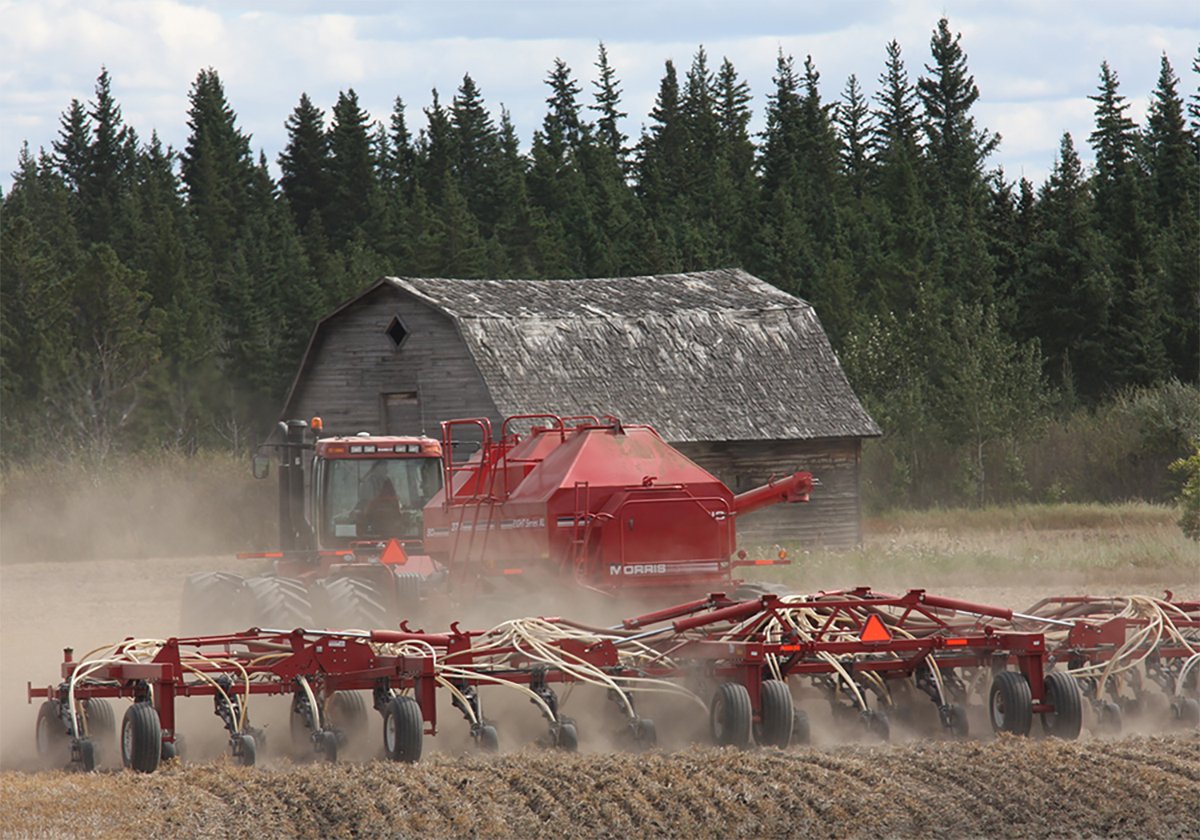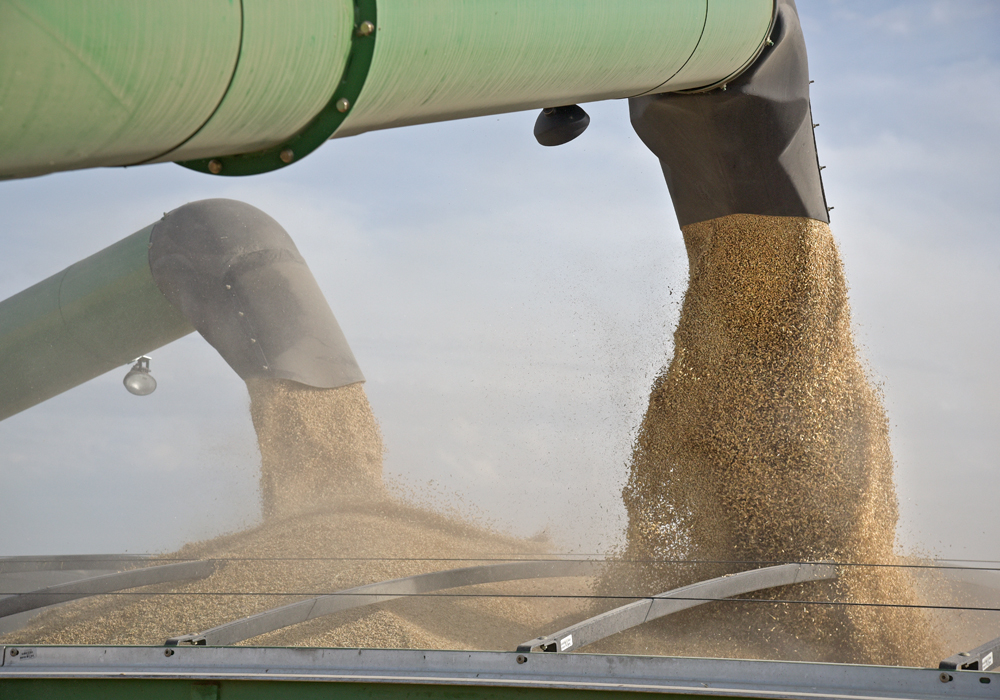Winnipeg – Tight old crop supplies may be keeping nearby barley bids underpinned in the Canadian Prairies, but expectations for increased acres in 2019 mean new crop bids are at a considerable discount.
“It’s a tale of two markets right now,” said Glen Loyns, general manager of JGL Commodities in Moose Jaw, Sask. pointing to the large spread between old and new crop barley.
“You have old crop barley that’s staying strong with high demand and limited inventory left out in the country,” said Loyns. He added that a lack of farmer selling was also underpinning the spot market, as producers focus their attention of seeding the 2019 crop.
Read Also

Seeding conditions look good for U.S. winter wheat crop
SASKATOON — Seeding conditions are near ideal in the hard red winter wheat growing region of the United States, says…
While feedlots are reasonably covered, “I think there’s still some demand out there,” said Lyons. Although he added that the demand will also be dependent on cattle prices, which have come under pressure in recent weeks.
“On the flipside, you have new crop grain pricing that’s considerably cheaper than old crop.”
Old crop barley is currently priced in the C$250 per tonne area delivered into Lethbridge, while new crop bids are closer to C$210, according to reports from the region.
Expectations are for an increase in barley acres in 2019, which is weighing on the new crop.
“As time goes on, old crop and new crop will converge somewhere along the way,” said Loyns, adding “you’ll get a clearer perspective once seeding is done.”
Whether that means a drop in old crop prices, a rise in new crop bids, or a combination of the two remains to be seen.















